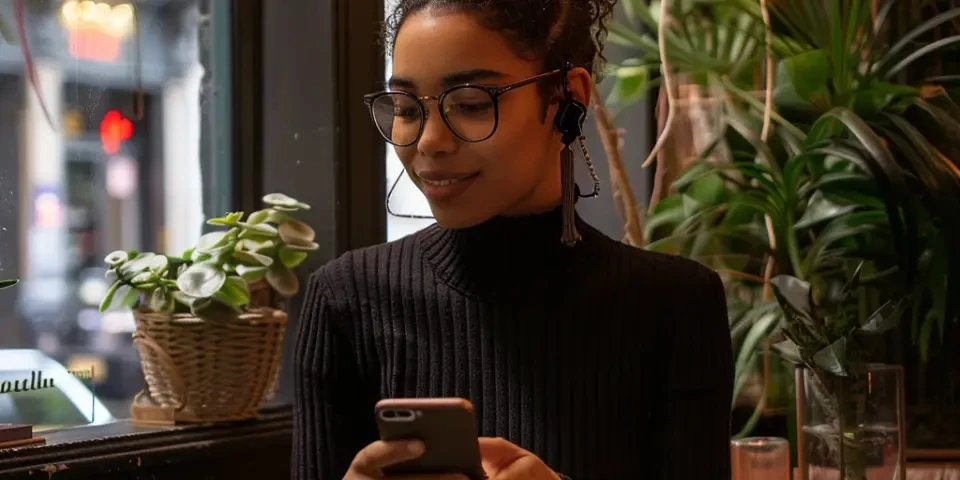Say Goodbye to Plain Black and White Exploring the World of Text Colorization with AI
Introduction:
Color adds vibrancy and depth to our world, and now, with the help of artificial intelligence (AI), it is possible to bring color into the realm of text as well. Text colorization is an emerging field that utilizes AI algorithms to automatically add color to black and white text, making it more visually appealing and engaging. In this article, we will delve into the fascinating world of text colorization, exploring its benefits, techniques, and potential applications.Benefits of Text Colorization:
1. Enhancing readability:
 Black and white text can sometimes appear monotonous and flat. By adding color, differentiating elements such as headings, subheadings, and hyperlinks can be highlighted, resulting in improved readability and comprehension.
Black and white text can sometimes appear monotonous and flat. By adding color, differentiating elements such as headings, subheadings, and hyperlinks can be highlighted, resulting in improved readability and comprehension.
2. Capturing attention:
Colorful text immediately grabs attention and makes information more memorable. By utilizing strategic color choices, certain words or phrases can be emphasized, attracting readers' eyes and guiding their focus.3. Conveying emotions:
Colors evoke emotions and can help convey the intended tone of the text. By assigning appropriate colors to specific words or phrases, text colorization can enhance the emotional impact and overall message of the content.4. Visualizing data:
Text colorization can be particularly useful in the context of data visualization. By assigning different colors to specific data points or categories, patterns and trends can be easily identified, facilitating analysis and understanding.Techniques for Text Colorization:
1. Rule-based approach:
One technique involves defining a set of rules that determine the color selection for different elements in the text. These rules can be based on factors such as word type, importance, or context. While this approach provides control over the colorization process, it can be time-consuming and limited in its adaptability.2. Machine learning-based approach:
This approach leverages AI and machine learning algorithms to automatically learn and infer the appropriate colors for text elements. These algorithms analyze large training datasets of colorized text to develop models that can accurately assign colors to black and white text. This approach is more flexible and scalable than the rule-based approach, but it requires extensive training data and computational resources.3. Hybrid approach:
A hybrid approach combines both rule-based and machine learning-based techniques. It allows for more control and customization while also benefiting from the efficiency and adaptability of machine learning algorithms. This approach strikes a balance between accuracy and practicality.Potential Applications of Text Colorization:
1. Digital content creation:
Text colorization can be valuable for content creators looking to enhance the visual appeal of their websites, blogs, or social media posts. By making text more visually engaging, it can attract and retain readers' attention, leading to increased user engagement.2. Accessibility:
Color plays a vital role in making content accessible for individuals with color vision deficiencies. By assigning color combinations that meet the accessibility standards, text colorization can make the content more inclusive and readable for a wider audience.3. Historical document restoration:
For preserving and restoring historical documents, text colorization can be a transformative tool. By adding color to faded or black and white texts, the original aesthetic and intended context of the documents can be preserved, providing a richer historical experience.4. Advertising and branding:
Color plays a crucial role in advertising and branding, as it helps establish brand identity and evoke desired emotions. Text colorization can be used to create visually striking advertisements, logos, and marketing materials that stand out from the competition.Frequently Asked Questions:
Q: Are there any limitations to text colorization with AI?
A: While AI algorithms have made significant progress in text colorization, they may sometimes misinterpret the intended context and assign inappropriate colors. It is important to have a manual review process to ensure accuracy.
Q: Can text colorization be applied to handwritten documents?
A: Yes, text colorization techniques can be adapted to process handwritten documents. However, the accuracy may vary depending on the quality and legibility of the handwriting.
Q: Are there any open-source tools available for text colorization?
A: Yes, several open-source libraries and projects, such as DeepAI's Colorful Image Colorization or OpenAI's DALLE, provide frameworks and models for text colorization that can be used to develop customized solutions.
Explore your companion in WeMate